From traipsing through the forest with Ropata McGowan to learning about Māori psychology with Linda Nikora, Justine Murray presents highlights from Te Ahi Kaa this year.
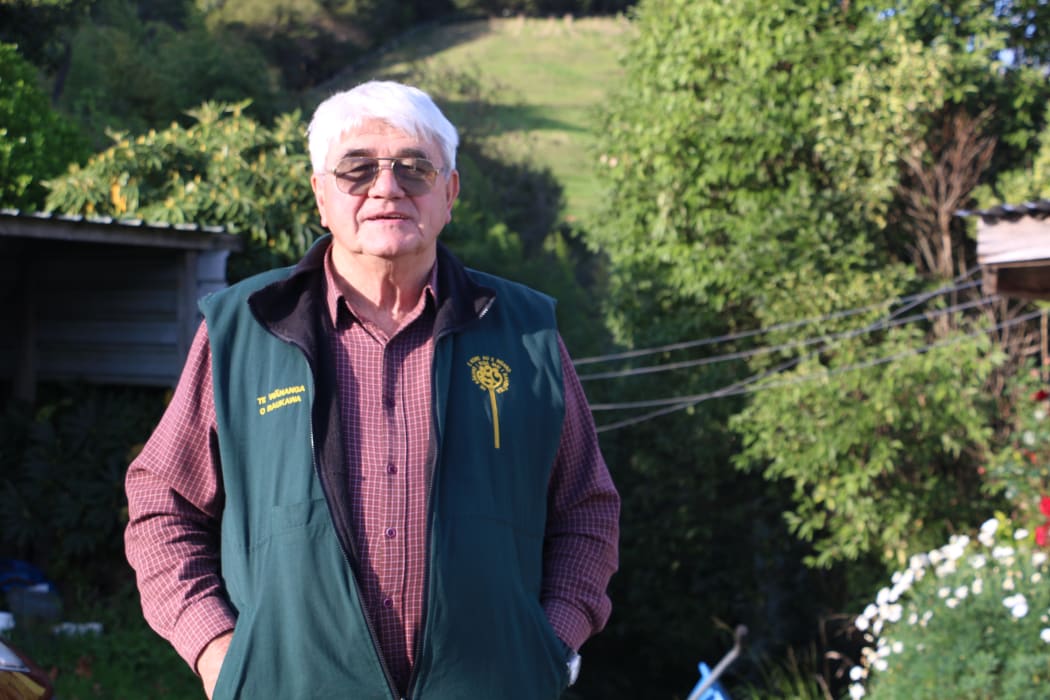
'Pa Ropata' McGowan Photo: RNZ/Justine Murray
Over the past four decades, Ropata McGowan has shared his expert knowledge with rongoā practitioners.
He has written books about rongoā Māori and works at Te Papa Atawhai.
In recent years, Robert has worked as an advisor for various projects and has discussed concerns about Myrtle Rust and Kauri Dieback.
“The kauri trees that actually grow in Tauranga Moana are the same species that grow up North and the Coromandel which are greatly affected by Kauri Dieback disease so far we’ve not detected it at all in the Kaimai…it’s important that we don’t bring any trees into this area from areas where kauri dieback exists,” he says.
At his home near Tauranga, Justine Murray joins Ropata for a walk through the forest near his home to talk about the various properties of the trees and plants and the impact the dry weather has had in the region.
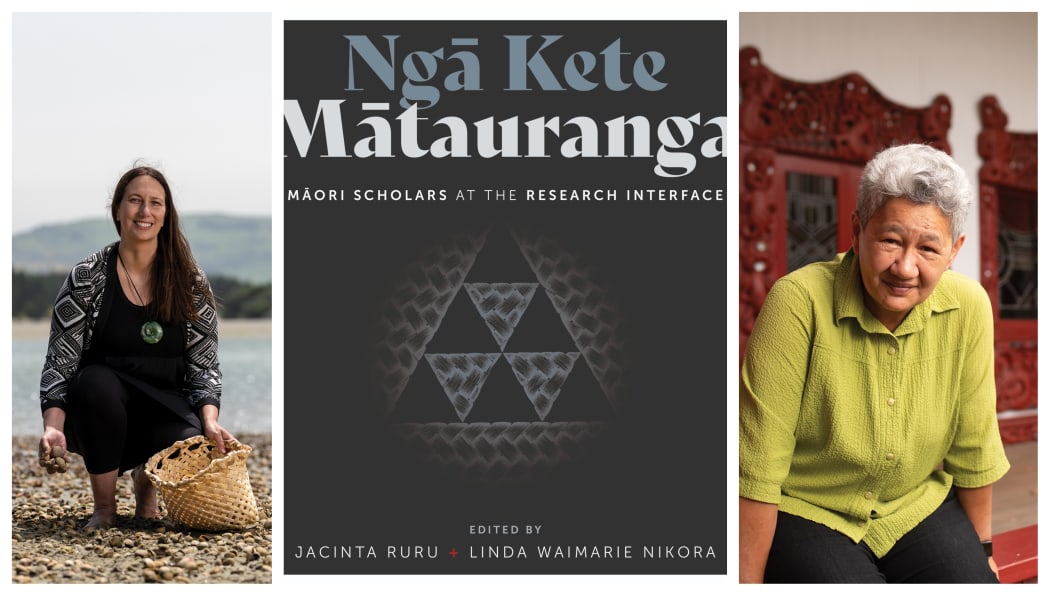
Scholars Jacinta Ruru and Linda Waimarie Nikora Photo: Supplied
Professor Linda Waimarie Nikora discusses her work in Māori psychology and her contribution to the book Ngā Kete Mātauranga: Māori Scholars at the Research Interface, which features articles from 24 Māori scholars.
Nikora is co-director at Ngā Pae o te Māramatanga – New Zealand's Māori Centre of Research Excellence and Professor of Indigenous Studies at the University of Auckland.
She shares stories about her upbringing in Rotorua, and her early aspirations to become a fireman and head to University.
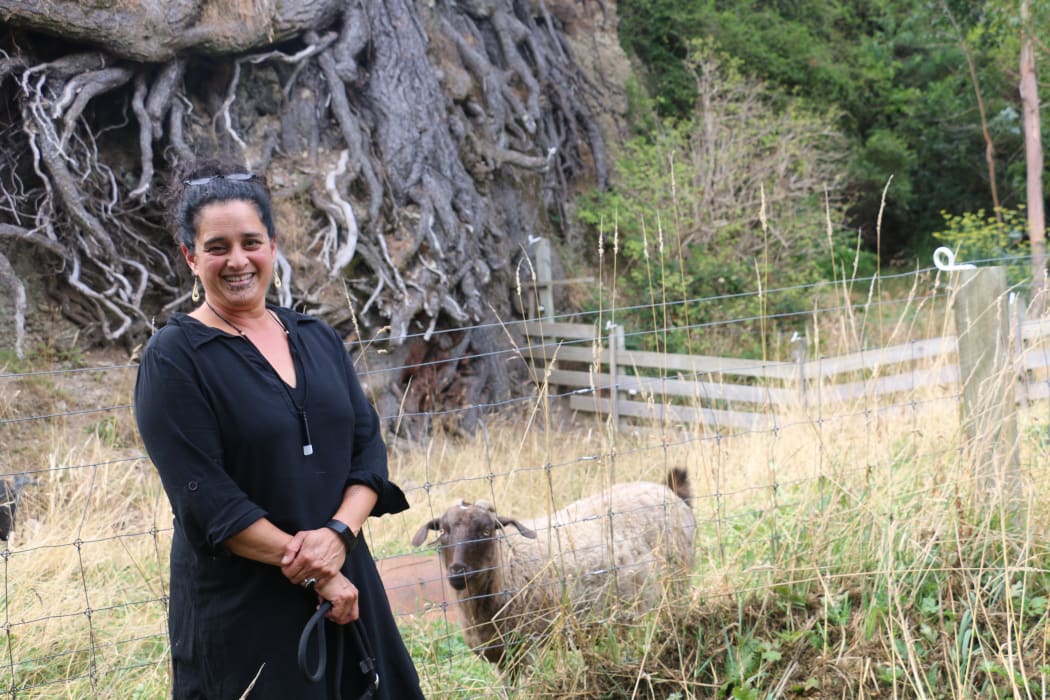
Dr Jessica Hutchings Photo: RNZ/Justine Murray
Dr Jessica Hutchings' 12-acre lifestyle block in the Hutt Valley at Kaitoke is her own piece of paradise.
The former dairy farm is home to Hutchings' goats, plentiful organic fruit trees, a makeshift hut and a river nearby.
Dr Hutchings shares the kaupapa of her recent book Te Mahi Oneone Hua Parakore: A Māori Soil Sovereignty and Wellbeing Handbook, co-edited by Jo Smith.
In her work, she explores soil (oneone) as a tāonga or living relation that is connected to human health and well-being.
At this home in Ohope, Maanu Paul understands the properties of plants, trees and soil. He knows the best time to plant and harvest and why the weather is paramount.
As a child, Paul learnt the differences between inland and coastal maramataka.
After four decades of working in iwi affairs, he was made an Officer of the New Zealand Order of Merit for his services to Māori in 2019.
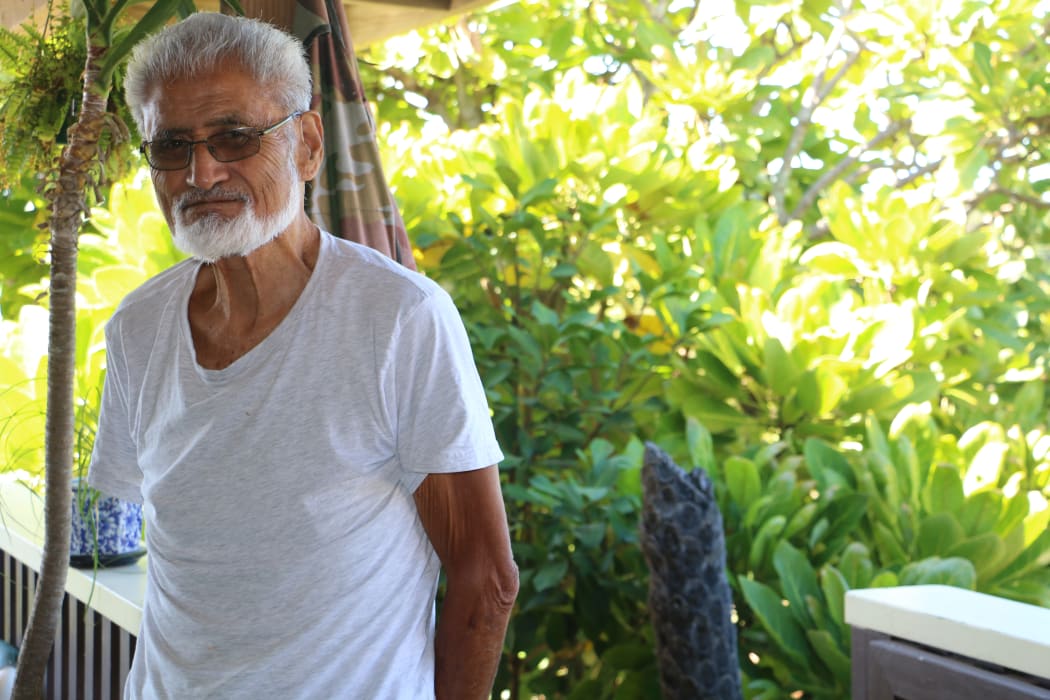
Maanu Paul at his home in Ohope. Photo: RNZ/Justine Murray
When Paul returned home to Whakatane from Wellington he would often head straight to his kiwifruit orchard to wind down.
Paul was one of the first growers to grow organic kiwifruit.
In a sit-down chat with Justine Murray, he says inherent to everything was the philosophy of Mātauranga Māori embedded in Karakia (prayer rituals).
“It was the practice of seeking the blessings for the whenua, for the kai that you were planting … there was a methodology that started off with the prayers… it was recognition that there was a higher power than yourself to awhi you” he says.
Jim Schuster is the great, great, grandson of Tene Waitere of Ngāti Tarāwhai who assisted Wero Tāroi in carving the ancestral house Hinemihi Te Ao Tawhito, erected in 1881.
The house was commissioned to host performances for the tourists who flocked to the area of Te Wairoa to see the famous Pink and White Terraces.
In 1886, during the Tarawera eruption, 53 people sought refuge inside the house all of whom survived.
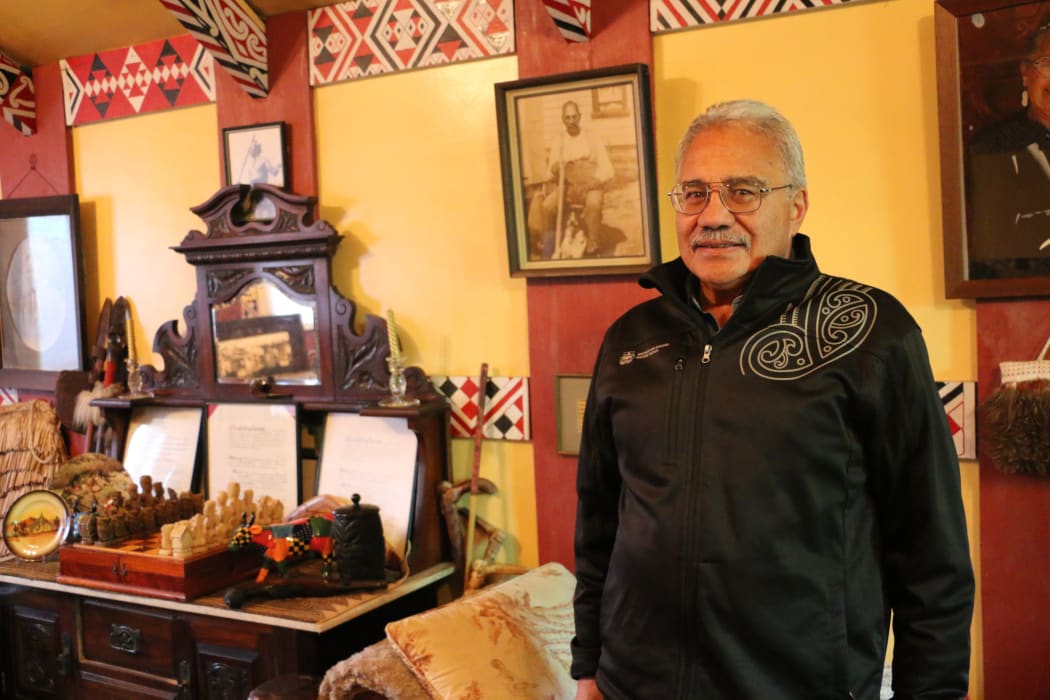
Jim Schuster is the great great grandson of Tene Waitere. Photo: RNZ/Justine Murray
Jim Schuster understands the significance of that event, which killed over 120 people and displaced the people of Te Wairoa.
"We owe our life to that whare, we wouldn't be here without that whare," Schuster says.
In 1892, Hinemihi Te Ao Tawhito was acquired by the then governor-general William Hillier.
When the house was dismantled, a consignment of 23 carvings was shipped to Clandon Park, Guildford in England where it has remained for almost 130 years.
The diaspora of Māori in London call Hinemihi their 'Kuia'.
This year, the carvings of Hinemihi were moved to storage, while the house at Clandon Park retains its structure with cut-outs that resemble carvings.
The National Trust, Te Maru o Hinemihi and Nga Kohinga Whakairo o Hinemihi are involved in ongoing discussions about the carvings returning home to Te Arawa.
Jim Schuster shares some of the history of Hinemihi Te Ao Tawhito.
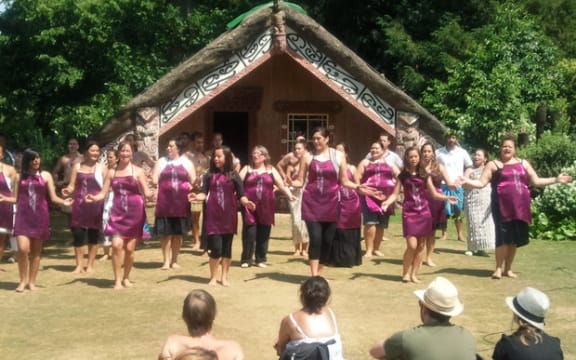
Ngāti Ranana at Hinemihi Te Ao Tawhito, Clandon Park, Guildford Surrey England. Photo: Supplied
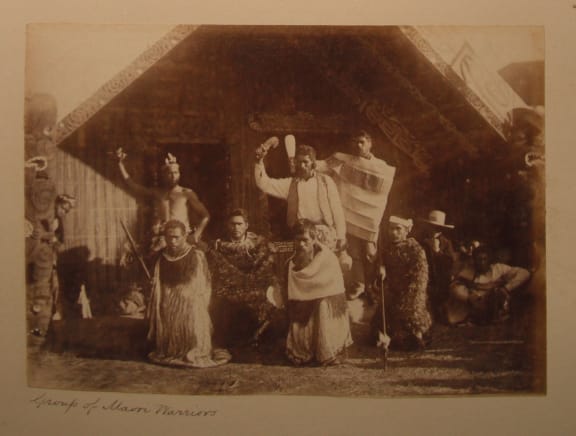
Early photos of Hinemihi Te Ao Tawhito discovered by Rev Regan O'Callaghan circa 1881 - 1885 Photo: Supplied: Alan Gallop
E rere nga tai mihi ki a koutou katoa, nga mihi mo te waa a Hineraumati me te tau hou, kia haumaru ta koutou noho - nāku nei na Justine Murray.


